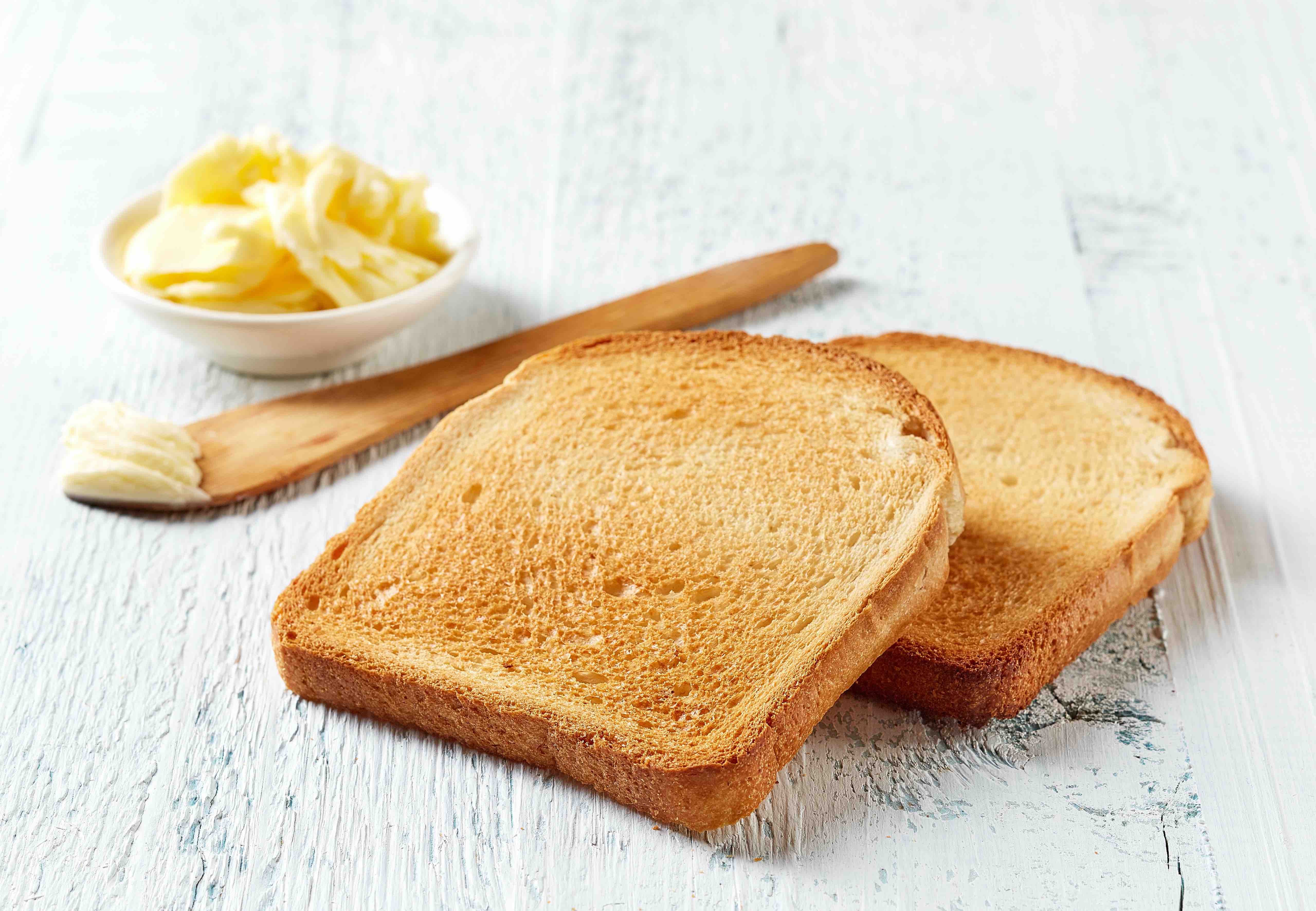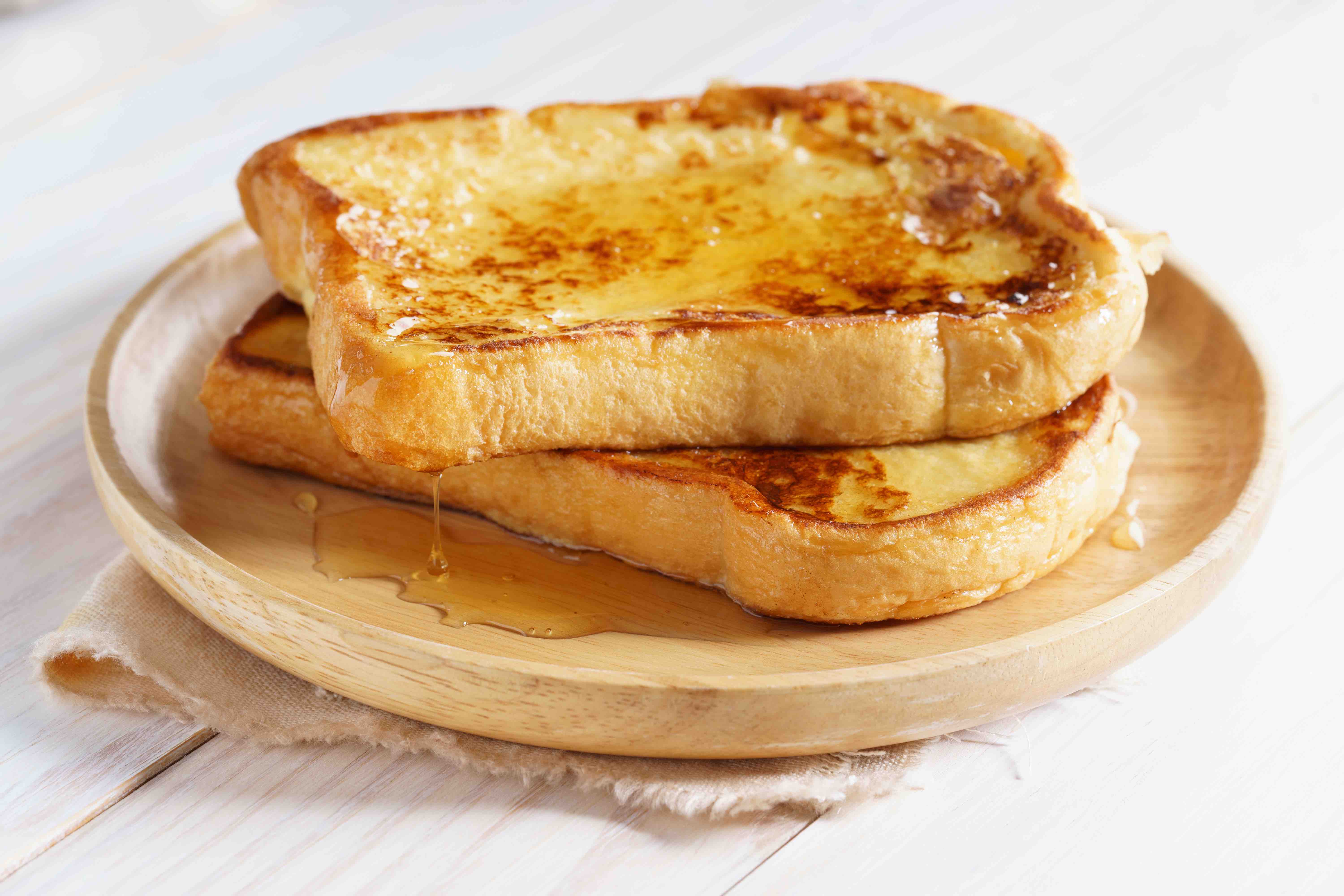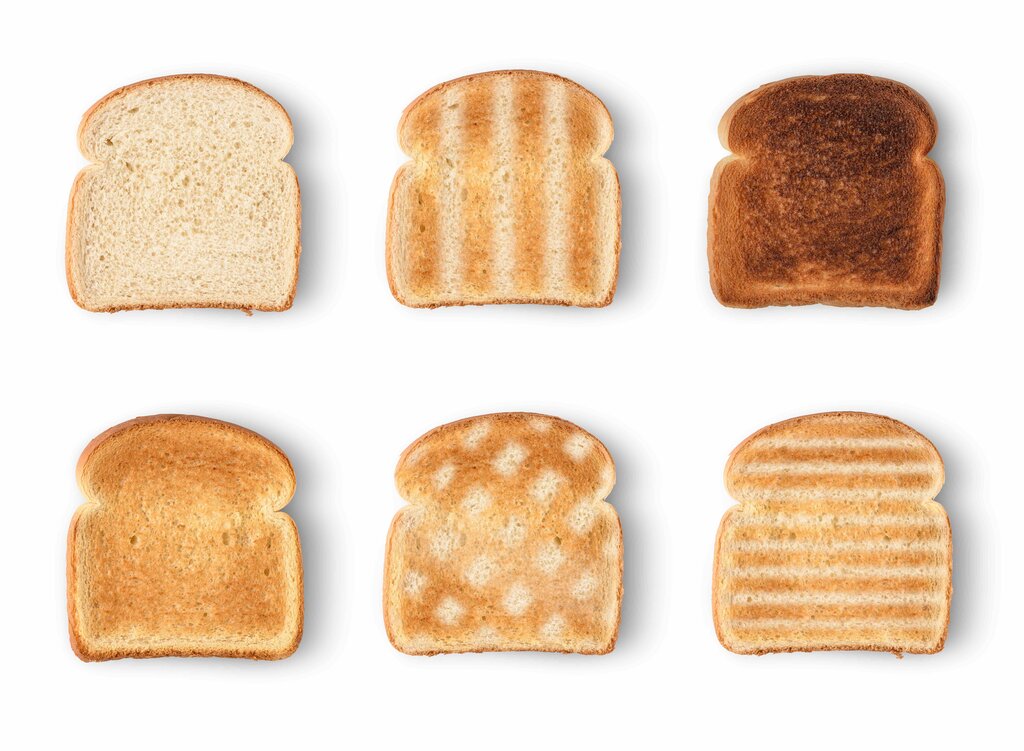
Ah, toast, that humble yet versatile breakfast companion, has been a morning staple for as long as we can remember. It’s the perfect canvas for a variety of toppings, from classic butter and strawberry jam to avocado and poached eggs, and a cozy companion to our favorite morning brew. And here’s another tasty combination to try: french toast with drizzled honey.
Beyond its delightful crunch and comforting warmth, toast holds a wealth of nutritional value. To appreciate this everyday food, let’s dive into 19 toast nutrition facts that might surprise you.
Caloric Content
A slice of white bread toast contains approximately 70 calories and 87 calories in a slice of whole wheat toast, making a light yet filling breakfast.
Carbohydrate Content
White toasts contain 12g of carbohydrates per slice, and wheat ones contain 15 g per slice.
Low in Protein
Though not a major source, toast does provide some protein – 2 g for white toast and 4.6 g for wheat. That said, you can always lather on some peanut butter and jelly, egg mayonnaise, or a Just Egg omelet for that extra protein boost.

Fiber Content
Though whole wheat toasts have higher amounts of calories and carbohydrates, they have much more fiber. A slice of white toast only has 0.5-0.6 g of fiber whereas whole wheat toast slices contain 3 times more, with 2.1 g per slice. Thanks to its fiber content, a slice of whole-grain toast can help you feel fuller for longer, aiding in appetite control.
Low in Fat
Most toasts contain minimal fat unless they’re made from high-fat bread, like brioche.
Mineral Value
Toasts offer small amounts of several minerals, iron (less than 1 mg), calcium (26 mg for white toast, 37 mg for whole wheat), and potassium (28.8 mg for white, and 92.4 mg for wheat).
Sodium Levels
Bread and, by extension, toast often contain added sodium, about 120-160 mg. Toast contains sodium for flavor and preservation purposes.
Sugar Levels
Although both white and wheat toast contains less than 2 g of sugar per slice, that does not mean they do not have an impact on blood sugar levels.
Impact on Blood Sugar
Consuming too much toast can cause a whirlwind for your blood sugar levels, especially when it spikes momentarily before crashing. And, the glycemic index of toast can vary. Whole grain toast has a lower glycemic index than white bread toast, making it a better choice for managing blood sugar levels.

Enriched and Fortified Toast
Some bread is enriched or fortified with additional nutrients, such as folic acid and iron, which carry over when the bread is toasted.
Gluten-Free Options
For those with celiac disease or gluten sensitivity, gluten-free bread can be toasted to provide the same comforting crunch without the gluten.
Toast in All Diets
Toast can fit into a variety of dietary patterns, from vegan to ketogenic (when made from low-carb bread), making it a versatile food choice.
Toasts Digest Easily Than Non-Toasts
Toasting bread can make it easier to digest for some individuals, as the process breaks down some of the bread’s carbohydrates.
Toasts Contain Acrylamide
Darker toast contains more acrylamide, a chemical that forms during the toasting process. While it’s not harmful in small amounts, it’s generally recommended to aim for a light golden color.

Homemade vs. Store-Bought
It goes without saying that homemade bread toasts are healthier compared to store-bought ones. With homemade ones, you can control the ingredients and potentially enhance the nutritional profile compared to many store-bought options. And you can also play around with endless versatile ingredients to mix and match with your toast.
Final Word
In the end, the humble toast, with its quiet presence at our breakfast tables, offers more than just a crispy bite. It’s a source of essential nutrients, a vehicle for delicious toppings, and a comforting, warm start to our day. The next time you pop a slice of bread into the toaster, remember these toast nutrition facts and enjoy not just its taste, but also the health benefits it brings.
Was this page helpful?
Our commitment to delivering trustworthy and engaging content is at the heart of what we do. Each fact on our site is contributed by real users like you, bringing a wealth of diverse insights and information. To ensure the highest standards of accuracy and reliability, our dedicated editors meticulously review each submission. This process guarantees that the facts we share are not only fascinating but also credible. Trust in our commitment to quality and authenticity as you explore and learn with us.


